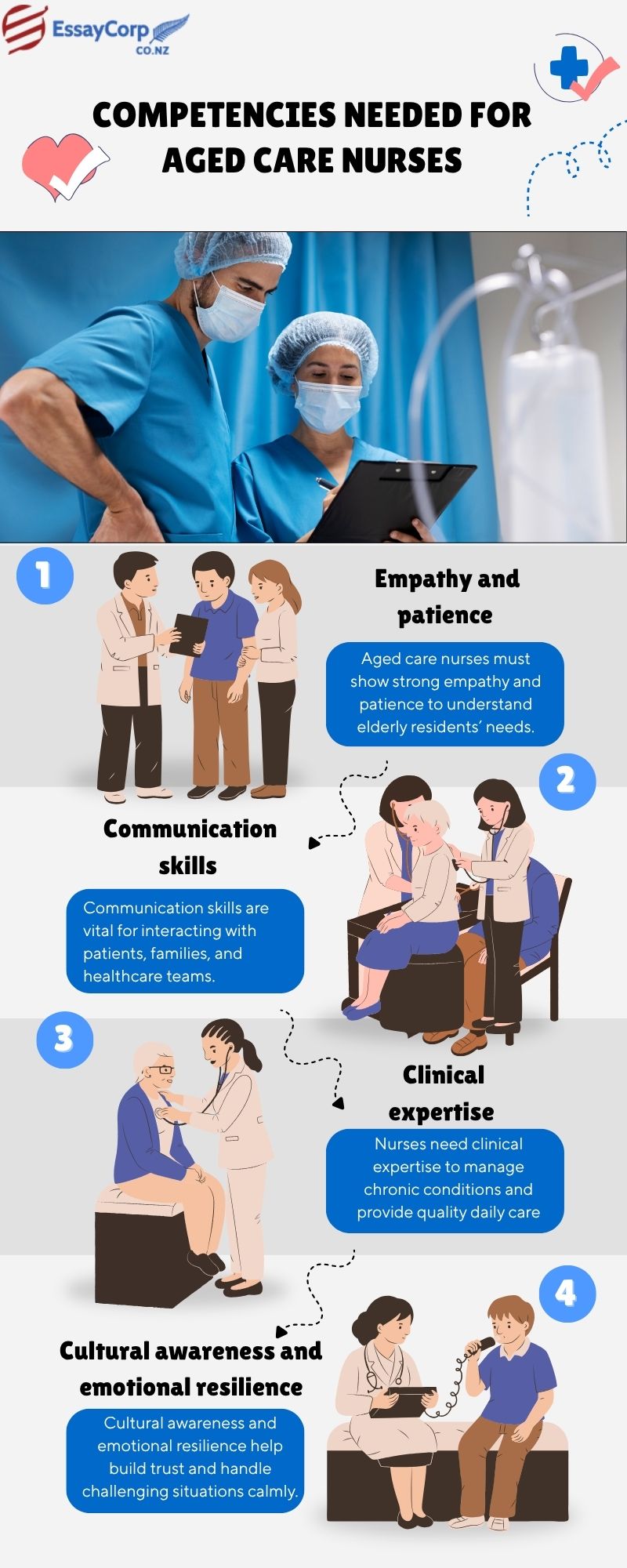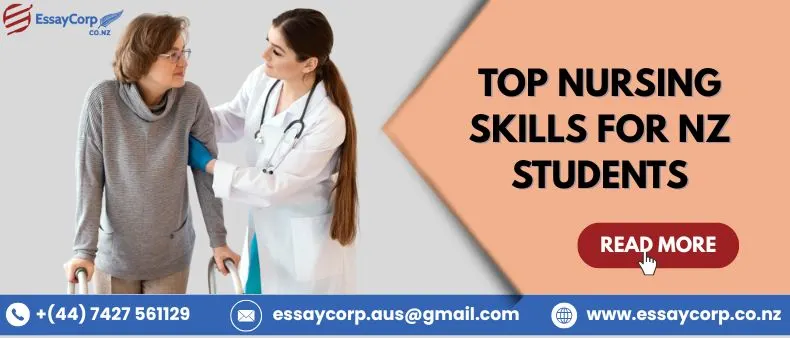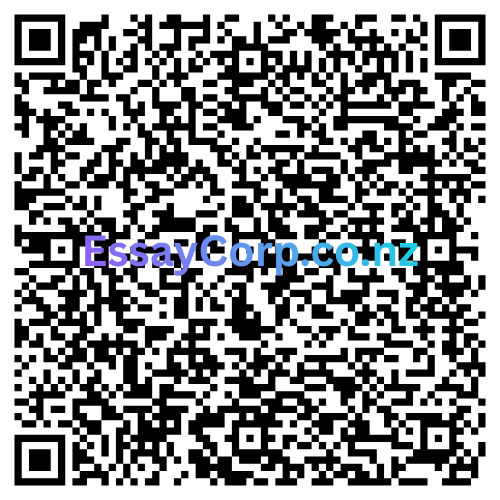Students must acquire a range of technical competencies, emotional intelligence and cultural competence. Due to the changes that are taking place within New Zealand's healthcare system, the capabilities that nursing students must develop will continue to be developed outside of the educational classroom. As a nursing student, moving from being a student nurse to a registered nurse is about acquiring competencies in clinical competence and interpersonal competence, these competencies provide the foundation of your nursing career. Identifying what competencies are needed for a successful future nursing career is as important as your plan to commence your nursing education and begin your first clinical practice experience. Many nursing students go on nursing assignment help NZ to explore the understanding of complex subject areas, as well as develop the competencies of nurses. In this blog, I am going to reflect on the main competencies all nursing students should be developing for safe nursing practice in New Zealand. If you can develop these competencies early in your education, this will enhance your development of a solid foundation of a meaningful nursing career in which you can positively impact the health outcomes of patients and their families in your nursing practice.
Primary Clinical Skills
Patient Assessment & Vital Signs Assessment
Performing a thorough patient assessment is one of the primary clinical skills that any nursing student will eventually perform. This specifically refers to assessing vital signs - how to appropriately assess and measure vital signs and what those vital signs indicate. The vital signs are; blood pressure, heart rate, temperature, respiratory rate, and oxygen level. In practice, you will record your observations of vital signs in the patient's chart - that aspect of patient care is significant, as it shows the continuity of care for the nursing staff in relation to the care of that patient when they start their shift.
Some parts of the assessment of vital signs that are significant include:
accurately assessing blood pressure, heart rate, temperature, respiratory rate
assessing and identifying abnormal vital signs, and alarming deterioration
accurately documenting vital signs in the chart
head to toe assessment
competency in assessment tools, medical equipment related to assessing and documenting vital signs.
Medication Administration
It is an accepted competency for New Zealand nurses to administer medication, safely and accurately in various forms. The student must demonstrate knowledge of the "five rights" of medication administration, being: right patient, right medication, right dose, right route of administration and right time. This will encompass mathematical calculations of medication dosage's, monitoring for medication interactions, and applying side-effect medication adverse drug reaction potential. If New Zealand nurses administer medication, this will be administered by a range of delivery systems that also administer intravenously nurse initiated and doctor initiated medications - and general understanding of medication administration mode.
Students should appreciate the systematic drug round process, making medication checks with mathematical action to ensure fewer potentially lethal medication errors - this can save a patient's life.
Students also must learn how to teach patients:
Demonstrates the five rights of medication administration.
Calculates dosages for medications and intravenous infusions.
Demonstrates knowledge about possible effects of drug interactions and adverse effects.
Administers medications via different routes: oral, IV, subcut, IM.
Instructs patients relating to their medications and potential side effects.
One of the most essential domains
Safe quality nursing practice is being given adequate time to speak to people. New Zealand's health care setting is progressively multicultural, and the nurse will be giving nursing care to patients of diverse cultural and linguistic backgrounds. One can attempt to speak as plainly as possible. The nurse has to try to use normal language, minimize medical terminology and say in simple language what they intended. It also goes without saying that communication is not verbal and we communicate without using words. It's done with body language, eye contact and tone of voice, and all three of these together are utilized to get through a message to the patient and/or families. Techniques of communication include:
Use plain English, and not too much medical terminology:
Active listening during the conversation, and sensitivity to what is being experienced by the patient.
Readiness to modify your concordant communication style (both verbal and non-verbal) of the other culture.
Recognition of reaction and respond accordingly to consequences.
Cultural competence and the Treaty of Waitangi
It is important to know and honour the Māori culture and the Treaty of Waitangi in nursing in New Zealand. Cultural competence is defined as being aware of how cultural beliefs influence health behaviours and health care choices. Students will be required to learn tikanga Māori (Māori customs), the role of whānau (family) in health care choices, and terms such as wairua (spirituality) in healing. The Treaty of Waitangi establishes a structure to provide partnership, protection, and participation in the provision of health care. Nurses who provide cultural safety have a role in creating inclusive care environments and working to eliminate health inequities. This converges to working with dignity and respect with Pacific peoples, Asian communities and other cultural populations in New Zealand.
Cultural competency involves an understanding of:
Knowledge of tikanga Māori and The Treaty of Waitangi principles.
Identification of whānau role in health care decisions.
Respect for diverse cultural beliefs about health and healing.
Delivery of culturally safe care to all patient populations.
Addressing health inequities through culturally safe practice.

Competencies Needed for Aged Care Nurses
An ongoing focus in the health care arena is the aging population of New Zealand. Students must learn skills that are specific to aged care, including recognizing physiological change related to aging, chronic disease management and fall prevention. Aged care nursing also regularly requires a greater level of patience, empathy and communication skills as typically, most residents would be living with dementia or other cognitive impairment. Students must learn not only the principles of palliative care and pain management for older adults, but how to assist in dignified and independent living for older patient populations. In addition, this specialty area usually involves assisting families and their emotional literacy in the hard choices of end-of-life decisions.
Conclusion
Acquiring these critical nursing skills will require time, effort, and consideration of experience as a student and in the future. The connection between clinical competence, culturally safe practice, effective communication, and critical thinking is going to create a kind and well educated registered nurse for the peoples of Aotearoa/New Zealand. The Clinical Reasoning Cycle is very useful because you have learned a structure to use when you are doing the assessment of patient situations, and then decisions about best practice. Being a competent nurse is worth remembering is not a destination, it is a journey. Competent nurses are always learning and developing those competencies while being nurses. As nursing students, you are likely to want to intentionally practice those skills in simulated scenarios, clinical placements or just your day to day nursing practice. Focusing on developing those core skills now will prepare you to be the nurse who you want to be and will personally and professionally bring you satisfaction. Your investment of the competencies you develop will add to the care for patients and a health system that values the dignity of all people in New Zealand.

